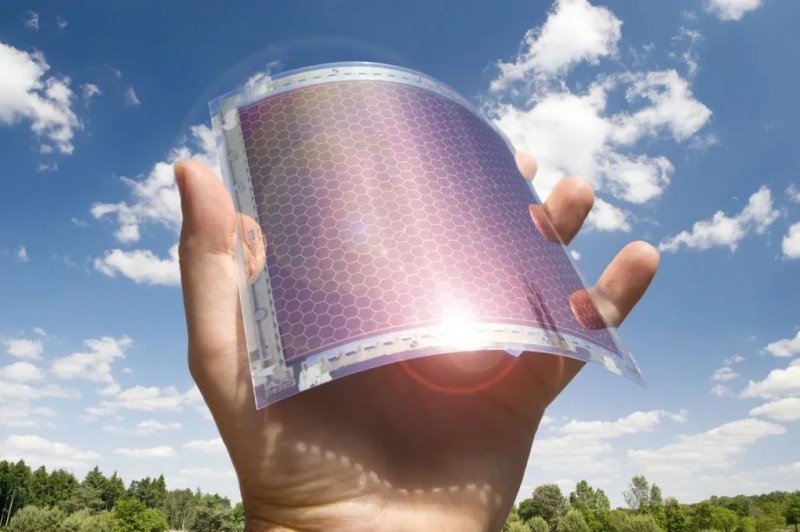
Solar energy has become a critical source of renewable power, harnessing the sun's abundant rays to produce electricity. Over the years, solar technology has made significant strides, and one of the latest innovations in the field is the concept of invisible solar cells. This article will delve into the evolution of transparent photovoltaic technology and its seamless integration into windows, revolutionizing the way we harness solar energy.
Understanding Solar Cells
What are Solar Cells?
Solar cells, also known as photovoltaic cells, are devices that convert sunlight into electricity through the photovoltaic effect. When sunlight strikes the surface of a solar cell, it excites electrons, creating an electric current.
Traditional Photovoltaic Technology
Traditional solar cells are typically made of silicon and are installed as panels on rooftops or in open spaces. While they are efficient in converting sunlight into electricity, their appearance and installation methods often pose limitations for specific applications.
The Birth of Invisible Solar Cells
Transparent Photovoltaic Technology
Invisible solar cells are a groundbreaking advancement in the world of renewable energy. Unlike conventional solar panels, these cells are designed to be transparent, allowing light to pass through them without obstructing the view. This technology opens up new possibilities for integrating solar energy capture into everyday surfaces.
How it Differs from Traditional Solar Cells
The primary distinction between invisible solar cells and traditional ones lies in their transparency and aesthetics. Traditional solar panels are bulky and opaque, whereas invisible solar cells are thin, lightweight, and visually unobtrusive. This key difference makes them an ideal candidate for window integration.
Advantages and Applications of Invisible Solar Cells
Integrating Solar Cells into Windows
The integration of invisible solar cells into windows of buildings has gained traction as a promising application. Imagine a future where every glass window is not just a passive barrier, but an active energy generator. This transformation would turn buildings into self-sustaining power sources, reducing dependence on traditional energy grids.
Energy Efficiency and Sustainability Benefits
Invisible solar cells have the potential to enhance energy efficiency significantly. Buildings fitted with transparent photovoltaic windows can harness solar energy throughout the day, powering various electrical systems within the structure. This reduces the reliance on fossil fuels and decreases the overall carbon footprint.
Innovations and Research in Transparent Photovoltaics
Current Developments in Invisible Solar Cells
As the demand for renewable energy surges, researchers and companies are investing heavily in advancing transparent photovoltaic technology. Efforts are being made to improve the efficiency and power output of these cells while maintaining their transparency. Researchers are also exploring alternative materials to reduce manufacturing costs.
Future Prospects
The future of invisible solar cells appears promising. With ongoing research and innovations, we can expect even greater efficiency and affordability. As the technology becomes more accessible, it is likely to be adopted on a larger scale, transforming the way we generate and consume electricity.
Overcoming Challenges
Efficiency and Performance
One of the main challenges in transparent photovoltaics is achieving efficiency levels comparable to traditional solar cells. Since invisible solar cells allow light to pass through, capturing sufficient sunlight and converting it into electricity requires meticulous engineering.
Cost-Effectiveness
Currently, invisible solar cells can be more expensive to produce than traditional solar panels due to the specialized materials and manufacturing processes involved. Mass production and economies of scale will be essential in driving down costs.
Aesthetics and Design
For widespread adoption, invisible solar cells must seamlessly integrate into the architectural design of buildings. Balancing aesthetics with functionality is critical to ensure that the technology appeals to consumers and architects alike.
Impact on the Environment
Reduced Carbon Footprint
The widespread adoption of invisible solar cells has the potential to make a significant impact on the environment. By relying more on renewable energy sources, we can reduce greenhouse gas emissions and mitigate the effects of climate change.
Building-Integrated Photovoltaics
Invisible solar cells offer a revolutionary concept known as Building-Integrated Photovoltaics (BIPV). BIPV systems allow solar cells to become an integral part of building structures, providing power generation without compromising on design.
Invisible solar cells represent a monumental step forward in the field of renewable energy. Their ability to seamlessly integrate into windows and buildings, coupled with their environmental benefits, makes them a highly promising technology. As research and development continue, we can expect transparent photovoltaic technology to become a prominent player in our journey towards a sustainable future.
CRISPR Gene Editing Innovations: Cutting-Edge Applications and Ethical Considerations
Sony PlayStation 5 Receives Hefty Rs. 7,500 Discount for Indian Consumers Starting July 25
Boxing 101: The Ultimate Guide to Footwork, Punching, and Defense